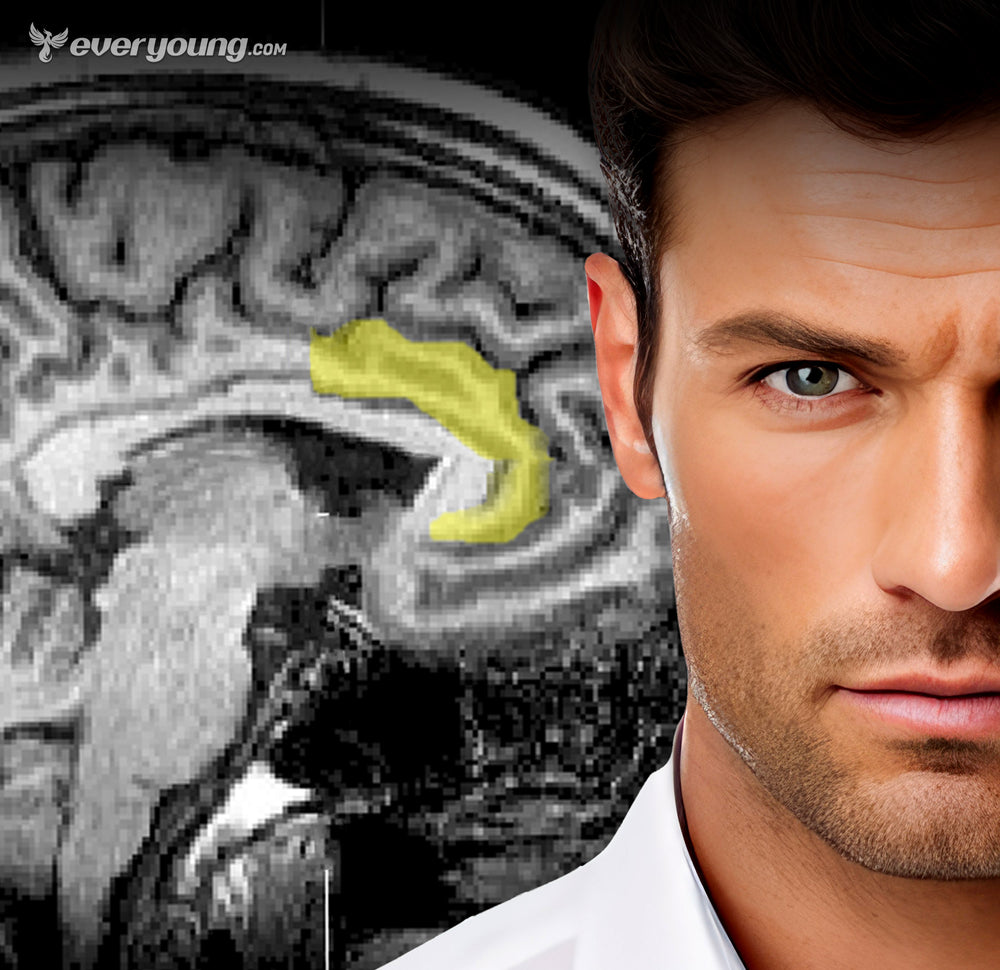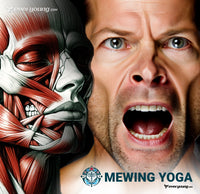4. EHM and aMCC
How does the Everyoung Health method affect aMCC?
Integrating the Everyoung Health Method (EHM) within the framework of neuroscientific and psychological principles, we delve into an exploration of how specific components of EHM -namely, breathwork exercises, regular activities like mewing yoga, and the maintenance of a correct sleep schedule - contribute to the growth and functionality of the anterior mid-cingulate cortex (aMCC). This exploration is guided by preliminary empirical evidence suggesting the efficacy of these practices in enhancing the aMCC's capacity, thereby influencing stress management, the execution of undesired tasks, and overall Longevity.
Breathwork and Stress Management
Breathwork exercises, a cornerstone of the Everyoung Health Method, are performed outside of acute stress, particularly during moodiness and chronic stress. These exercises foster a mental state conducive to reduced stress levels, essentially "preparing" the individual for future stress encounters. The mechanism behind this preparation involves the activation and strengthening of neural pathways within the aMCC, a region implicated in regulating emotional responses and managing cognitive conflict. By engaging in breathwork, individuals may enhance their aMCC's resilience, mitigating the severity of anxiety-induced reactions when faced with actual stressors.
Progressive Regular Activities and aMCC Growth
The EHM emphasizes the importance of regular, progressive activities such as mewing yoga and advanced breathwork. When progressively intensified, these activities not only promote physical health but also stimulate the aMCC. The progressively increasing challenge of these exercises ensures continuous adaptation and growth of the aMCC, leading to more efficient stress management and improved cognitive control over time. This methodological increase in demand mirrors the concept of "graded exposure" in psychology, where gradually confronting challenges enhances adaptability and resilience.
The Role of Sleep in aMCC Development and Stress Management
A correct sleep schedule is paramount to the EHM's efficacy, directly influencing one's ability to engage in and benefit from physical activities initially perceived as undesired. Adequate sleep supports neuroplasticity—the brain's ability to form and reorganize synaptic connections—essential for the growth and strengthening of the aMCC. Conversely, sleep deprivation hampers this adaptive capacity, making sustaining activities that contribute to aMCC development more challenging. Furthermore, sufficient rest is crucial for recovery and reducing stress levels, indirectly fostering an environment where the aMCC can thrive and expand its functional repertoire.
Conclusions
The Everyoung Health Method, emphasizing breathwork, progressive physical activities, and adequate sleep, offers a holistic approach to enhancing the structural and functional integrity of the aMCC. Through these practices, EHM not only aids in the immediate reduction of stress and anxiety but also equips individuals with the neural foundation necessary for long-term resilience and well-being. Future research should further elucidate the specific neural mechanisms through which these practices benefit, thereby reinforcing the empirical basis for the EHM's application in stress management and mental health promotion.
Readers suggest






